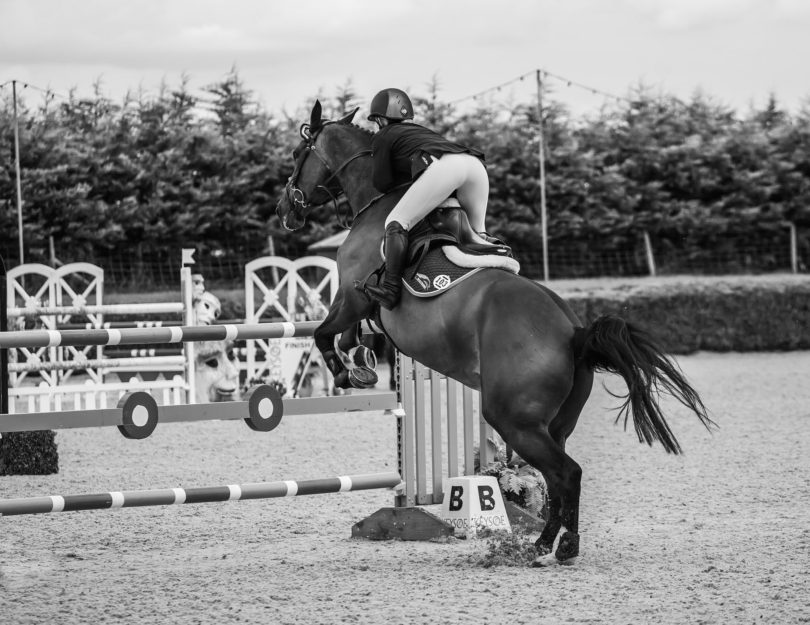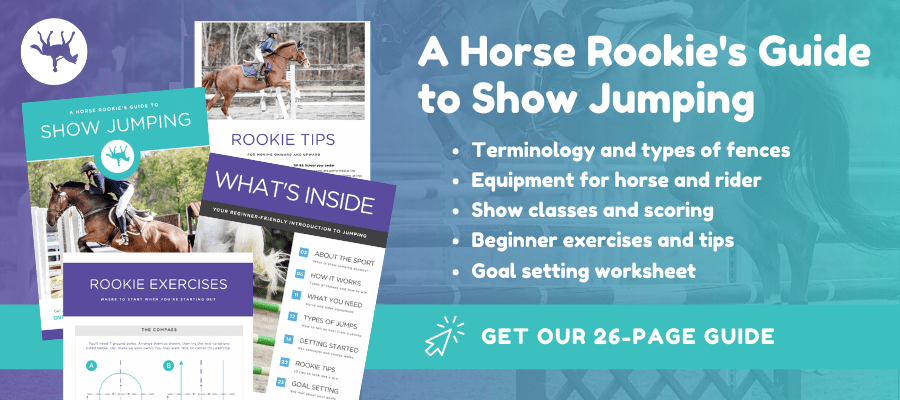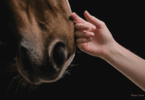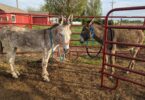When I was a young rider, I made every mistake imaginable. One of the most memorable “oops” moments was the time I attempted a rollback on course and ended up jumping an oxer backwards. #rookiemistake
Thankfully, I’ve learned a lot about jumping since those days. Surprisingly, the best advice I ever got wasn’t from a jumper at all — it was from a dressage clinician. He said:
The amount of time you spend on course jumping is literally seconds compared to the amount of time you spend on the ground.
In this article, I’ll share three flatwork tips that have made a world of difference when I approach jumps on my horse.
#1: Look Up
Trainers have been telling me to “look up” my entire riding life. But I never really “got it” until one of them had me do the craziest thing I’d ever been asked to do in the arena — or anywhere for that matter!
“Here’s what I want you to do,” my trainer said. “Approach that box jump, and when you’re four or five strides out, I want you to close your eyes.”
At first, I thought she was joking and I laughed. Except she wasn’t kidding…so I did it.
That’s when I learned that looking up is all about trusting the horse underneath you.
With my eyes closed, I was forced to feel my horse — whether we maintained a consistent pace as I counted in my head “one, two, one, two,” and whether there was a sideways drift in my horse’s step instead of a straight line to the base of the jump.
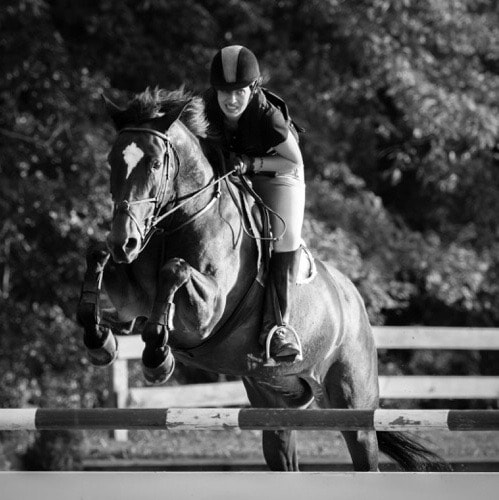
Keeping your eyes up is a game changer!
The newfound benefits were huge! Suddenly, I knew where I was and where I was going. And, boy oh boy, is there value to that!
I could find the center of the jump — and I could look ahead toward the next jump. It was like I’d been blind and now I could finally see.
Plus, there was the effect looking up had on my body position. You know how trainers are always telling you that there should be a straight line from head to shoulder to elbow to hip to heel? Well, it’s physiologically impossible unless you’re looking up!
And the best benefit of all… I could feel my body waiting.
#2: Wait
Speaking of waiting, trainers have also told me I needed to wait countless times. Though I intellectually understood their request, it didn’t click until one of them said:
The rider does not jump the jump. The horse jumps the jump.
When I started thinking about waiting from this perspective, I realized I’d been trying to jump for my horse.
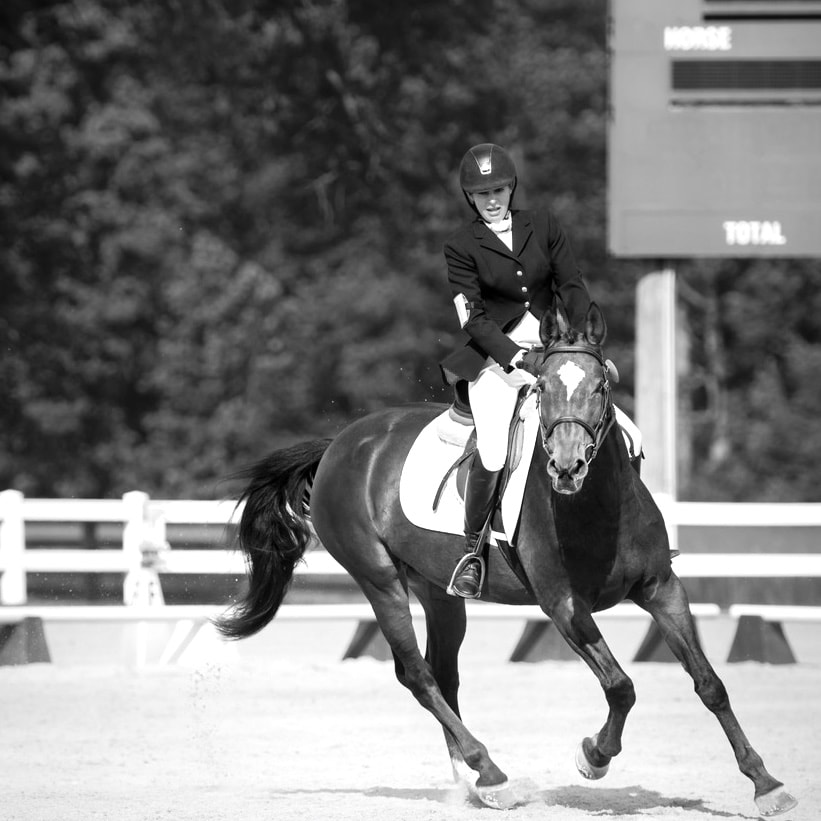
Patience is a virtue.
To control a horse’s tempo at the trot, we’re taught to adjust our posting so the horse matches our beat. It’s just the opposite when jumping.
When approaching a jump, we have to wait for the horse — not jump the gun.
The result is that we maintain a consistent tempo to the jump – horse and rider become one, in sync, a unit, a team.
Check out our 10 best stirrups for jumping clear and staying safe.
#3: Be Balanced
The hardest lesson for me to learn, though, was to stay more balanced. When a trainer had me ride with one stirrup on and one stirrup off for an entire lesson, I noticed how off-balance I really was.
I slid off to one side and the other, then threw all my weight to the other side while hanging on for dear life.
The exercises made me understand and see how my horse feels when she’s off balance, yet I still expect her to jump well.
Finally, instead of compensating for being off balance, I was able to focus on setting myself up for what comes next: a lead change in the air, a tight turn in a jump off, or an important transition.
Remember, every step we take is in preparation for the next. Be intentional.
Set Up for Success
When you’re approaching a jump, whether you’re taking a straight-line approach or, like me when I was a rookie rider, taking a backwards approach (#facepalm), this mantra helps me jump my best:
Look up, wait, and be balanced!
P.S. Enjoy this article? Trot on over to:
- 11 Best Horse Breeds for Jumping Big & Clear
- 99 Fun & Incredible Horse Facts for Kids
- 10 Best Stirrups for Jumping Clear (and Staying Safe)
- Horse Jumping Glossary for Beginners (With Videos)
- 4-Star Favorites: The 4 Best Cross Country Stirrups
- Compositi Stirrups Review: I’ve Never Jumped Better
- 100+ Things to Pack for a Jumping Horse Show (Checklist)
- Pointers for Jumping Crossrails with Confidence

